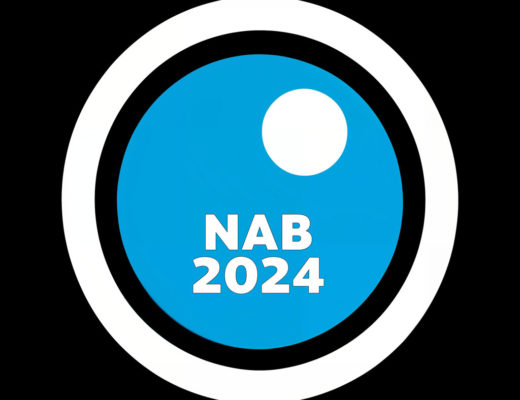8 Things You Need to Know About How Taxonomy Can Improve Search – Digital Landfill.
Search engines have come a long way in their ability to help users find desired information among electronic content within an enterprise. Technologies vary, but not matter the search method, all kinds of search can be enhanced, if a taxonomy is also brought into play. Regardless of how content is indexed (simple crawling, concept extraction, use of algorithms, use of rule sets, etc.), taxonomies can enhance the search, by boosting accuracy in retrieval results and by improving the user experience. More specifically, a taxonomy can support search in the following 8 ways.
1 — Retrieve Matched Concepts, Not Just Words.
Search engines match user-entered queries, or search strings, with words or phrase within the text of documents in order to retrieve matching documents. Despite these various methods and technologies, search engines alone are far from perfect in their retrieval results. This is due to two issues concerning text matching: (1) a single concept may be worded in multiple ways, and (2) the same word may have multiple meanings. A taxonomy or controlled vocabulary addresses and resolves both of these issues, and this is the clearest benefit of any taxonomy associated with search. A taxonomy can contain multiple variants for each term, and the concept will always include fullest name for disambiguation.
2 — Leverage Metadata.
Within any enterprise, some content is structured, such as residing in databases and/or containing designated metadata, and some content is unstructured. The structured content is the “low hanging fruit” for accessing with search. Metadata is standardized administrative or descriptive data about a document which is common for all documents in a given repository. Examples of metadata elements include : title, author, publication date, organization, audience, document type, language, description, and subject. If your content records or documents that already have metadata fields assigned to them, you should take advantage of these fields and support them with controlled vocabularies where applicable.
Continues @http://aiim.typepad.com/
Related articles by Zemanta
- Chapter 19-understanding xbrl-versioning (slideshare.net)
- Taxonomy and Classification resources should sit on development teams (digitalassetmanagement.org.uk)
- SharePoint Taxonomy Fairy Dust (arnoldit.com)
- 3D 21st Century Taxonomies (digitalassetmanagement.org.uk)

Filmtools
Filmmakers go-to destination for pre-production, production & post production equipment!
Shop Now

![8 Things You Need to Know About How Taxonomy Can Improve Search 3 Reblog this post [with Zemanta]](http://img.zemanta.com/reblog_c.png?x-id=004ec33b-c43e-4c10-ab9a-062da2d1d686)












